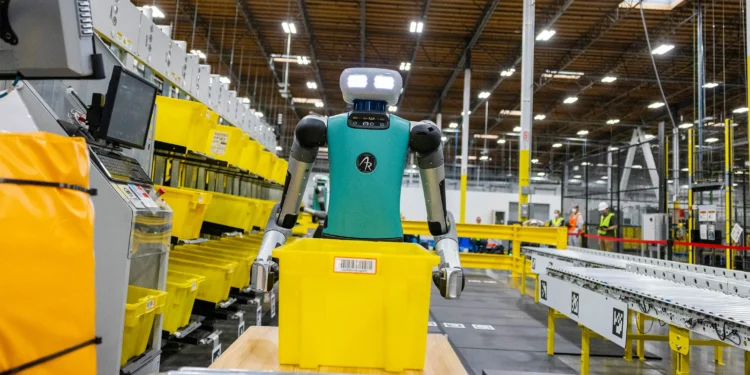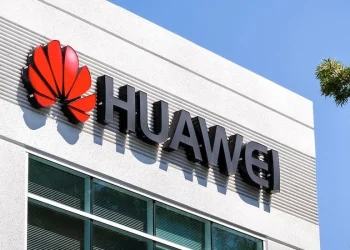Amazon now has over one million robots working inside its warehouses. That’s nearly as many as the number of people who work in those same facilities.
These robots now help deliver about three-quarters of Amazon’s packages around the world. The company has added thousands of robots every year since it bought Kiva Systems in 2012. Those early robots rolled under shelves and followed barcodes on warehouse floors. Today, Amazon uses newer machines that lift, sort, and move items faster than before.
Amazon DeepFleet handles robot movement inside warehouses
Amazon just launched DeepFleet, a new system that uses artificial intelligence to direct how robots move inside warehouses. It works like a traffic manager. It tells the right robot where to go, how to avoid bumping into others, and which route to take to save time.
DeepFleet is trained on years of warehouse data. It can decide which robot is best for a task in real time. That helps Amazon speed up packing and cut down on mistakes. It also prevents delays caused by crowded aisles or traffic jams inside the buildings.

Fewer workers per warehouse, but more output per person
Amazon’s robots have made warehouse work more productive. In 2015, a worker could handle about 180 packages a year. Today, that number is nearly 3,900 packages per person, a jump of over 20 times.
Because of this, the average warehouse now uses about 670 human workers, the lowest in the past 16 years. Before automation, most warehouses needed more staff to handle the same volume.

Robots are not replacing everyone yet
Amazon still hires thousands of workers every year. But the jobs have changed. Fewer workers lift heavy packages or walk long distances. More staff now monitor machines, fix errors, or manage robot tasks. Amazon says it sees robots as tools, not replacements.
Still, the drop in worker numbers per warehouse suggests a shift. Labor groups continue to ask how these changes affect job safety, pay, and long-term employment.

Amazon’s next step in automation
With DeepFleet and a million machines at work, Amazon is now more automated than before. The company plans to expand this AI model to more facilities. That means fewer slowdowns, faster shipping, and tighter control over how orders get packed and moved.
But it also means a future where robots may outnumber humans in more warehouses, and where tech plays a bigger role in how the retail giant operates.
Read MORE:














